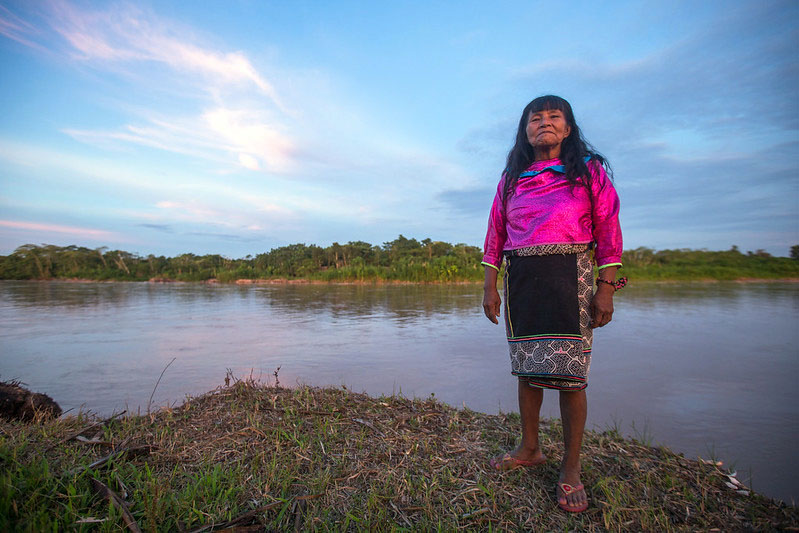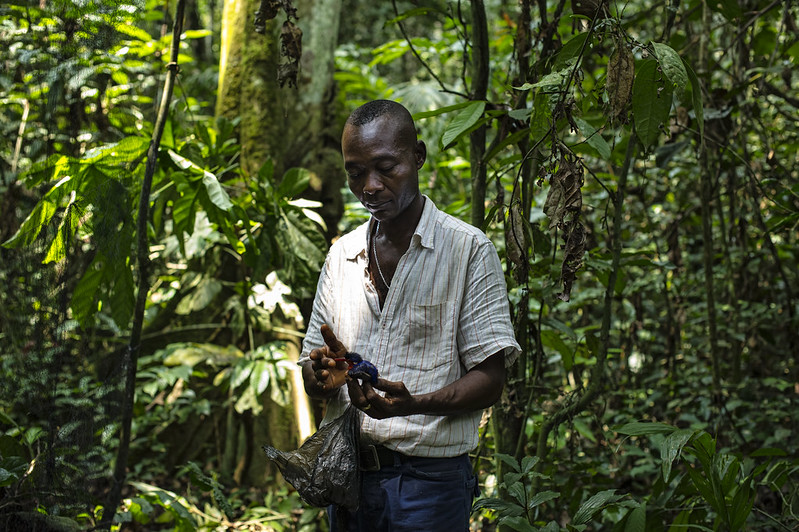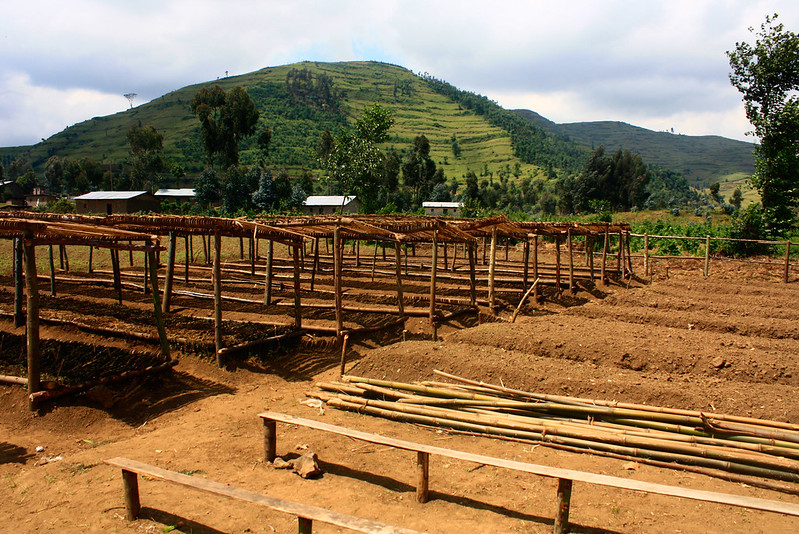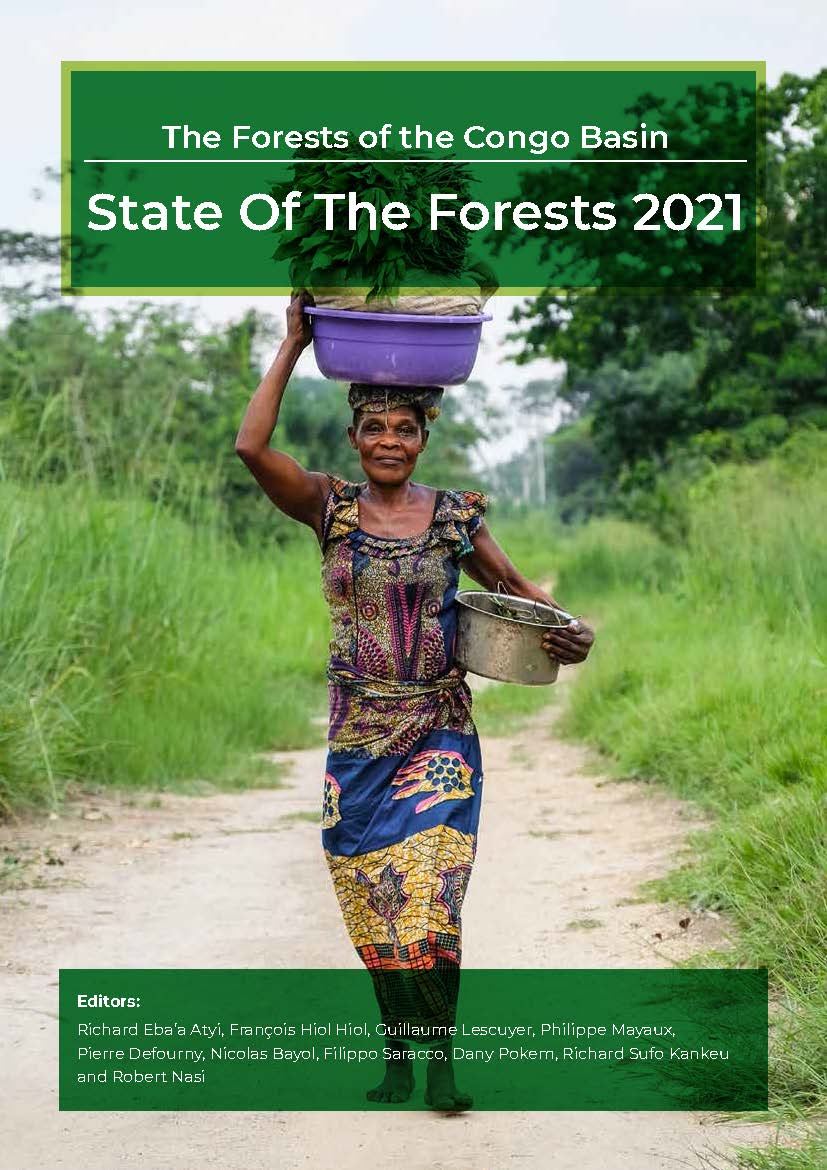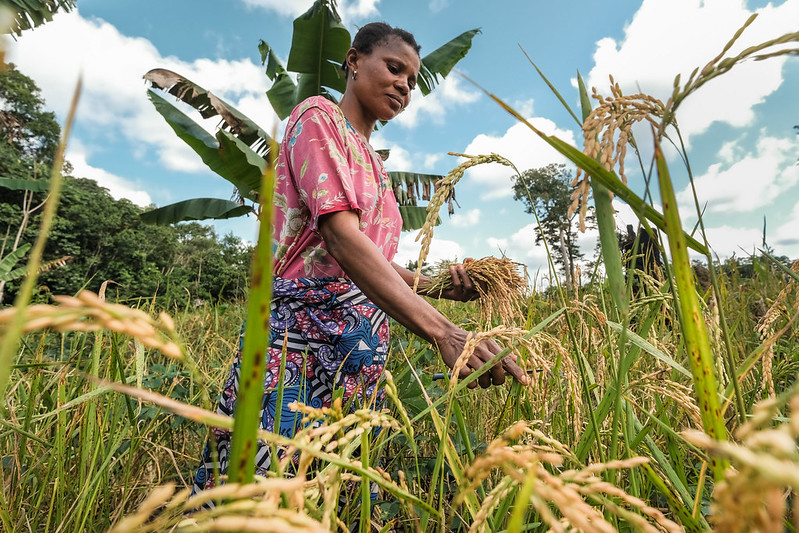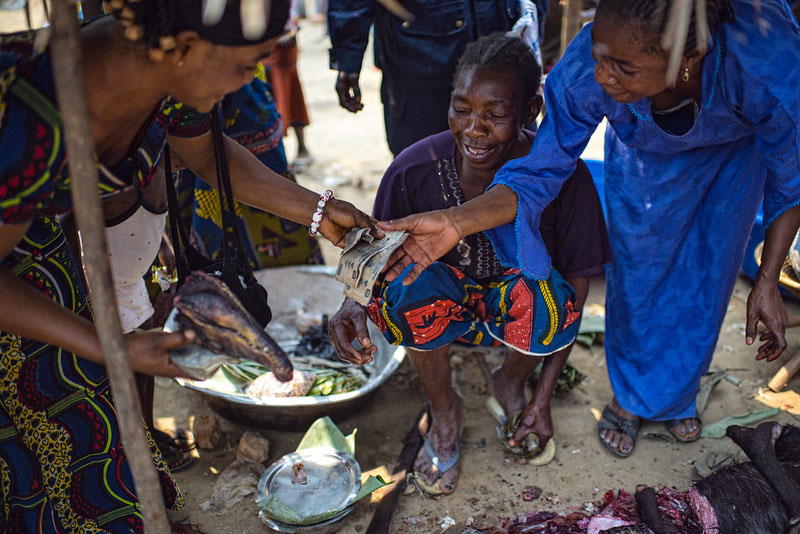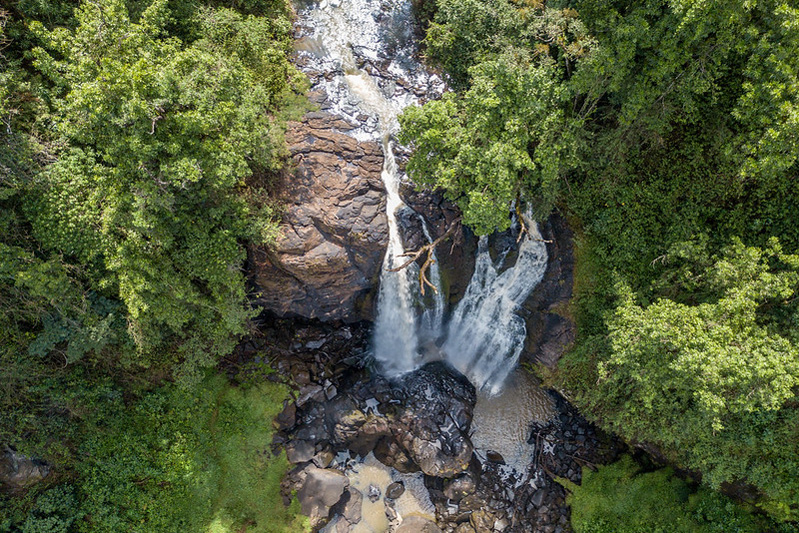Special feature
Protecting and restoring biodiversity
Over 10 million species of animals, plants, fungi and microorganisms inhabit Earth. Not only does this diversity help maintain ecosystem goods and services, healthy diets, clean air and water, flood control, fertile soils and pollination – it also helps build resilience to unexpected crop failings, ecosystem collapse, and climate change. Yet the world is losing its biodiversity at an alarming and accelerating rate.
CIFOR-ICRAF has worked for over seven decades in the Global South supporting transformative global, regional and national action plans on the management and conservation of biodiversity through the transformative power of forests, trees and agroforestry.
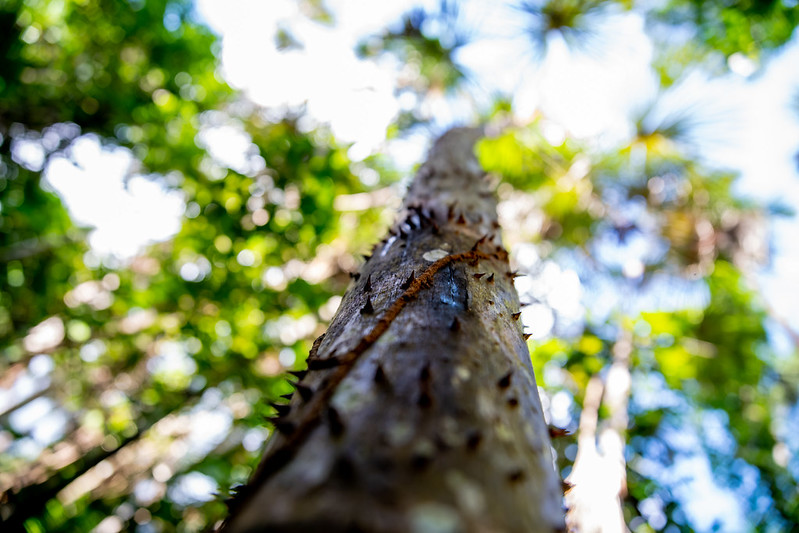
Reducing threats to biodiversity
Meeting people’s needs through sustainable use and benefit-sharing
Tools and solutions for implementation and mainstreaming
CIFOR-ICRAF at UNCBD COP15
The second part of the 15th Conference of the Parties of the UNCBD (COP 15) takes place in December 2022. The key objective of the conference is to adopt the post-2020 global biodiversity framework that defines targets and pathways for the sustainable use of biodiversity for the coming decade.
Read moreCANADA
Deforestation and biodiversity loss
Human survival is intrinsically linked to forests, yet deforestation and forest degradation continue at alarming rates. The consequences will be tragic – especially in biodiverse tropical areas – with looming mass extinctions of plants and animals, and increased likelihood of infectious diseases.
CIFOR-ICRAF scientists are helping to combat deforestation and biodiversity loss through targeted research and engagement across all of our thematic areas, particularly through our work on tree genetic resources, restoration, sustainable forest management, and soil and land health.
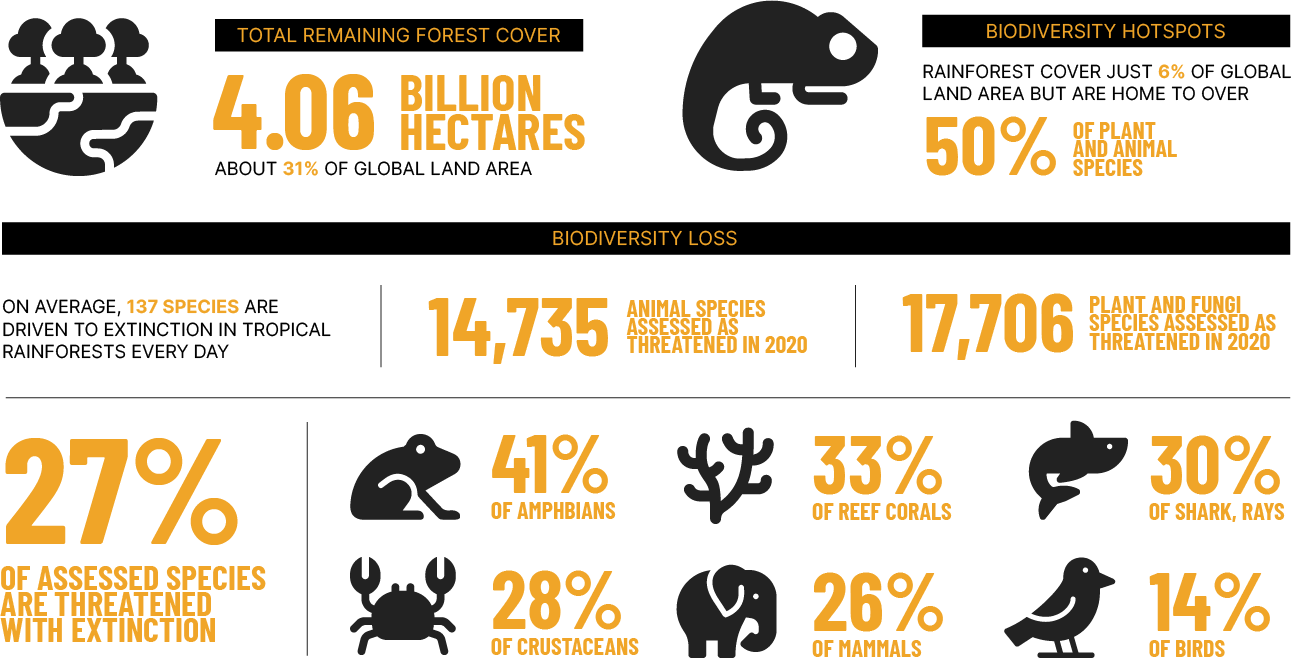
Sources:
- The state of the world’s forests 2020, Food and Agriculture Organization of the United Nations (FAO); http://www.fao.org/state-of-forests/en/
- Rainforests, National Geographic; https://www.nationalgeographic.org/encyclopedia/rain-forest/
- Fact Sheet: Rainforest Animals, Rainforest Action Network (RAN); https://www.ran.org/fact_sheet_rainforest_animals/
- International Union for Conservation of Nature (IUCN) Redlist; https://nc.iucnredlist.org/redlist/content/attachment_ files/2020-2_RL_Stats_Table1b.pdf


